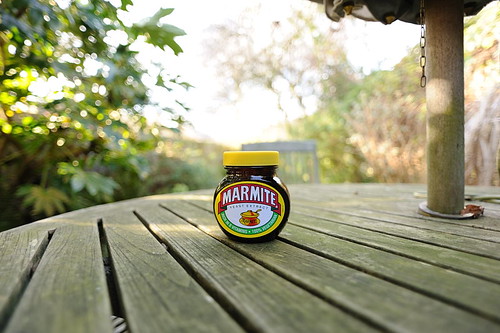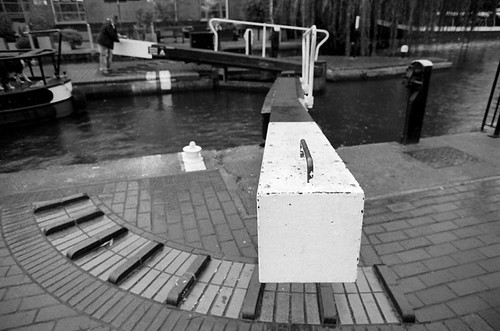I'm not sure I have. Vey few people actually need a fast lens, but quite a few desire one.
Even putting to one side the output differences of flash vs natural light, you mean like...
...in a museum/cathedral/gallery where flash and tripod are forbidden
...at an event (wedding, dance etc) where flash is forbidden or would ruin the ambience
...any shot where you are looking to control dof (portraits, street shots, product shots)
...scenic shots in low light where you aren't carrying a tripod (as an example I've carried my lightweight 'pod around the tour du mont blanc (glutton for punishment) but wasn't willing to go through the hassle when hiking the torres del paine in Chile),



